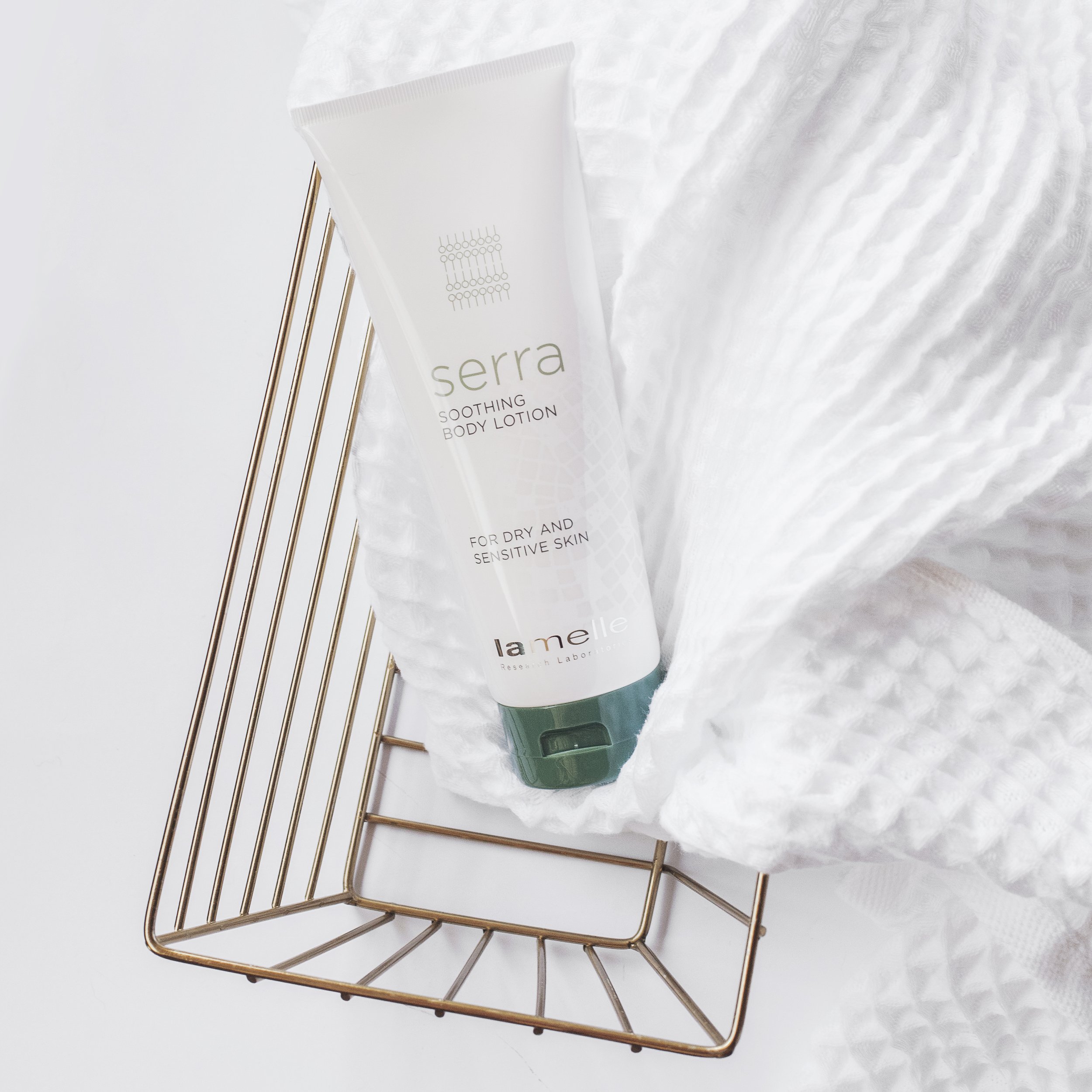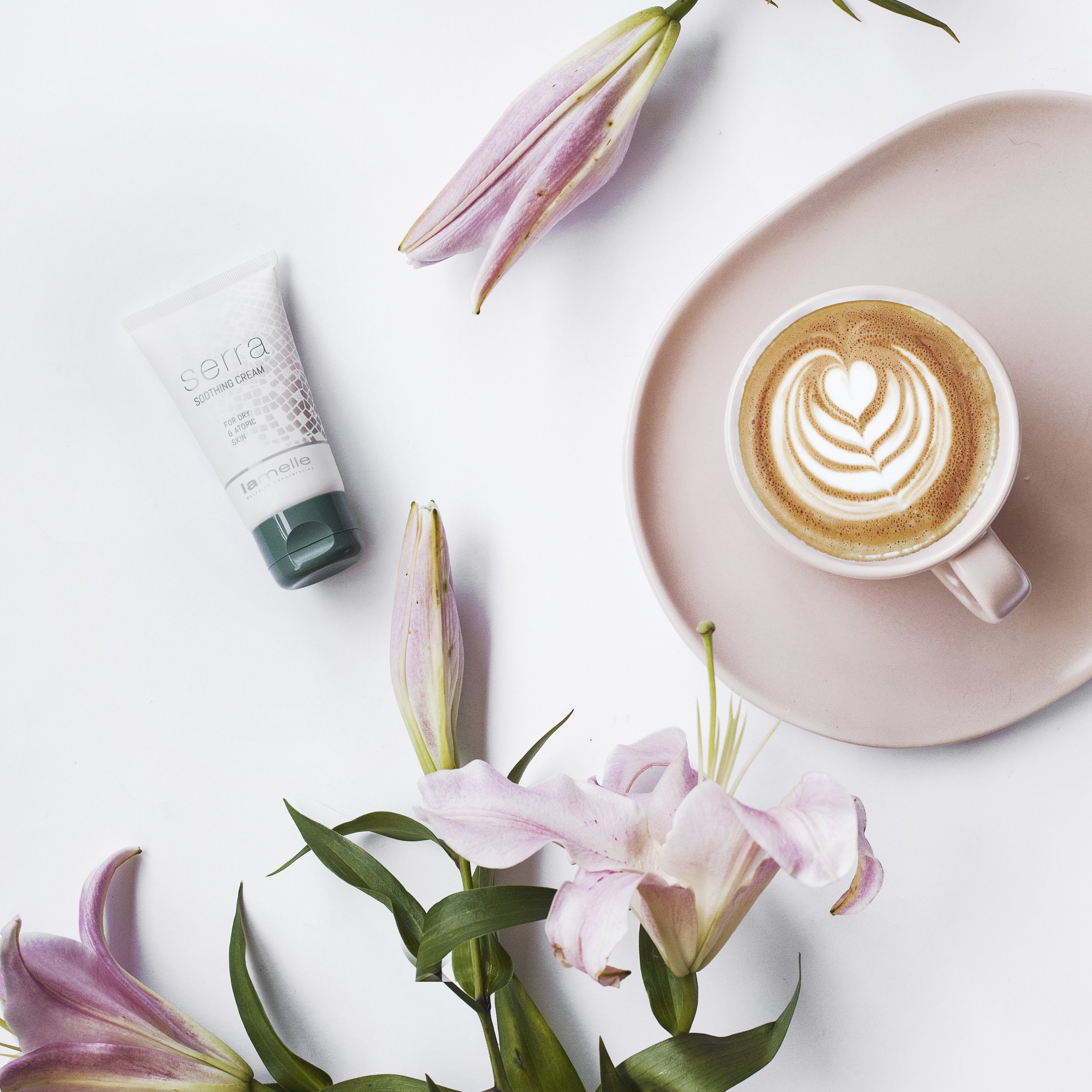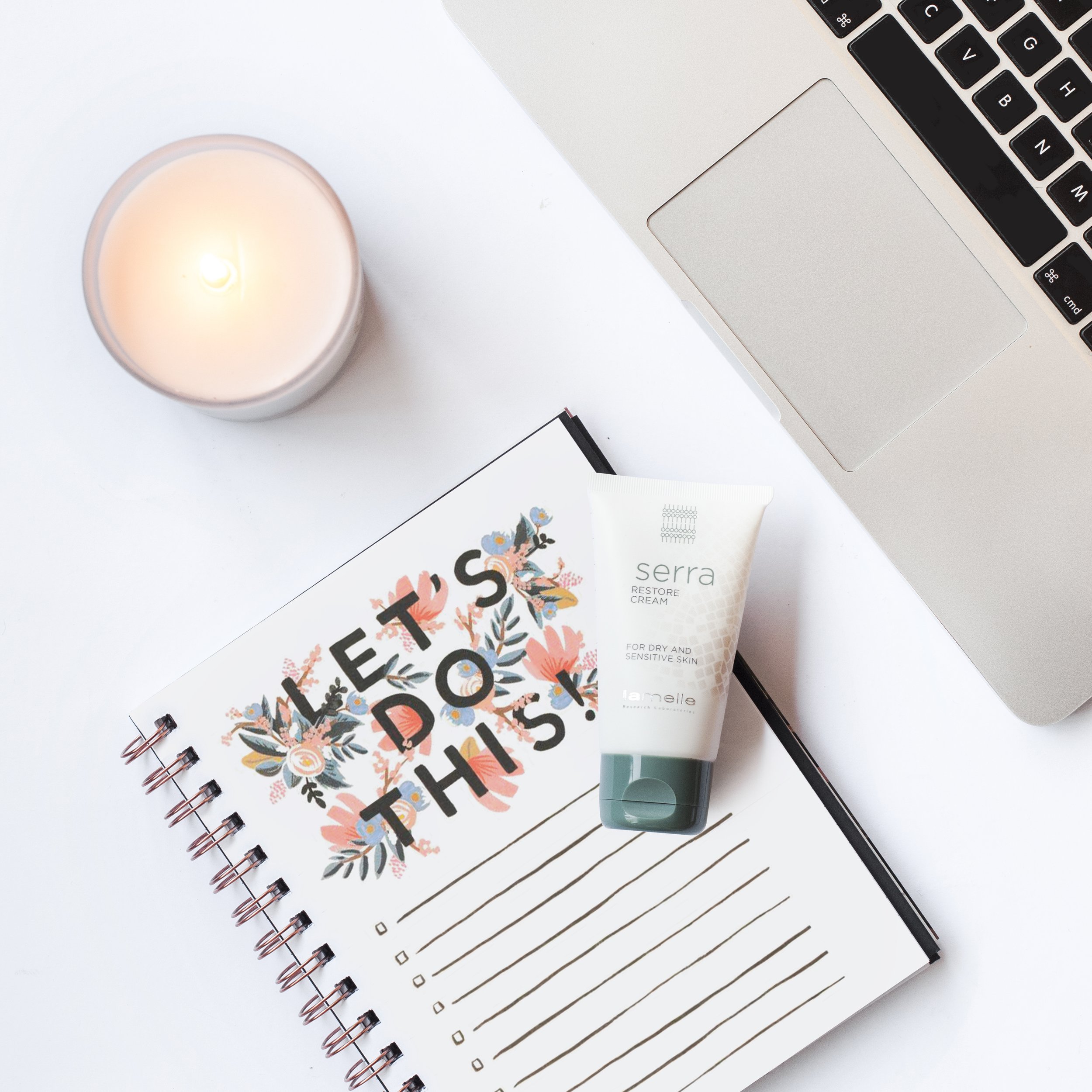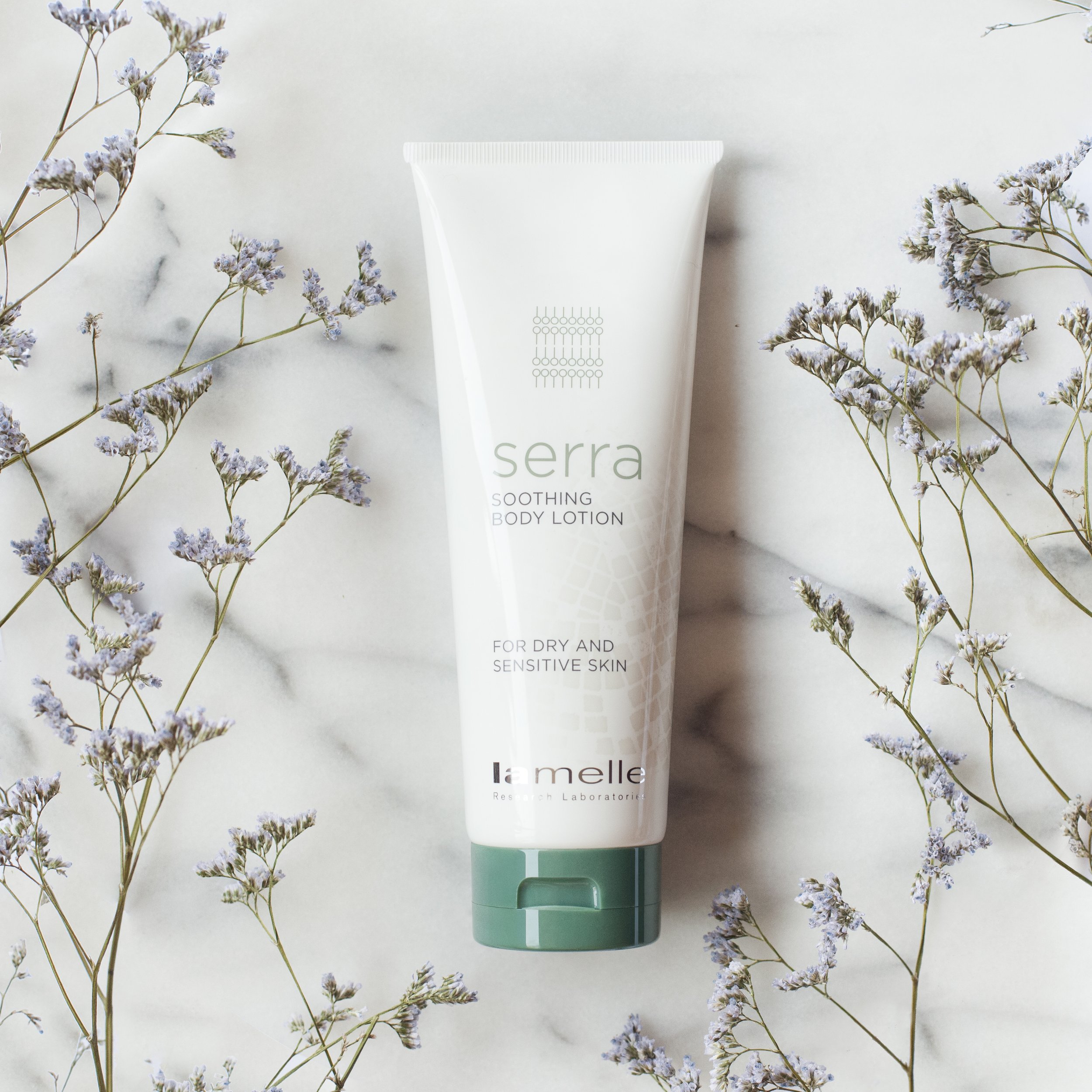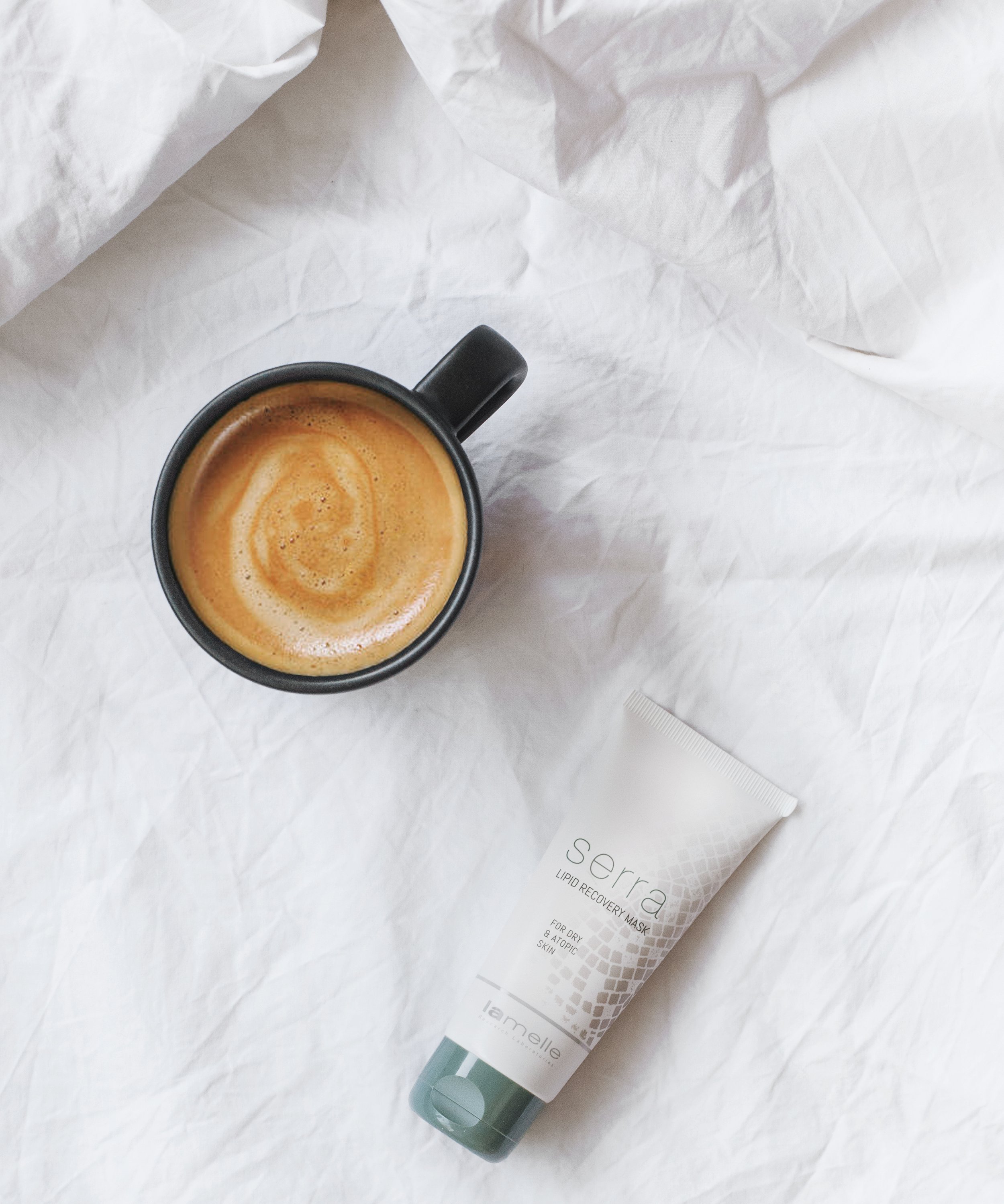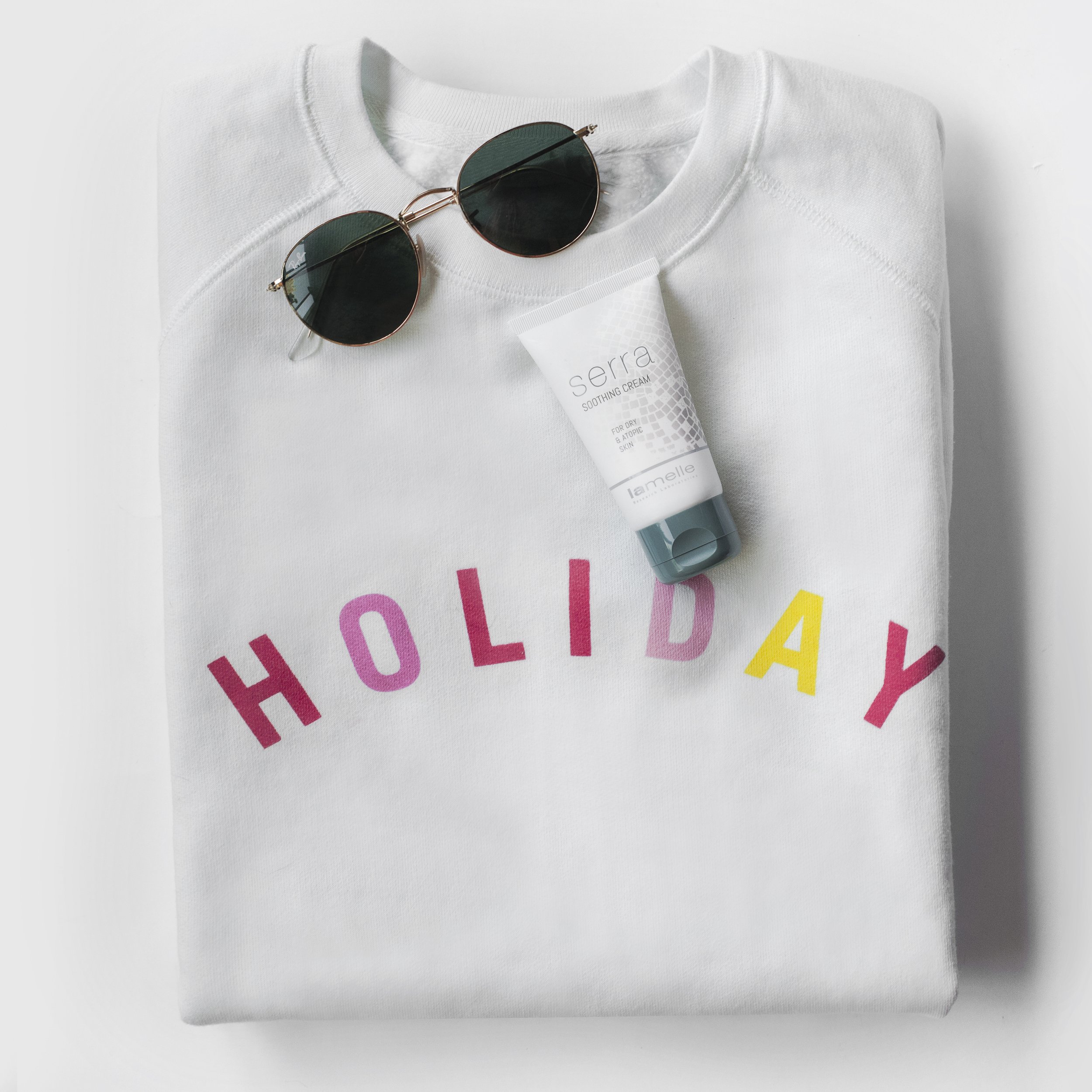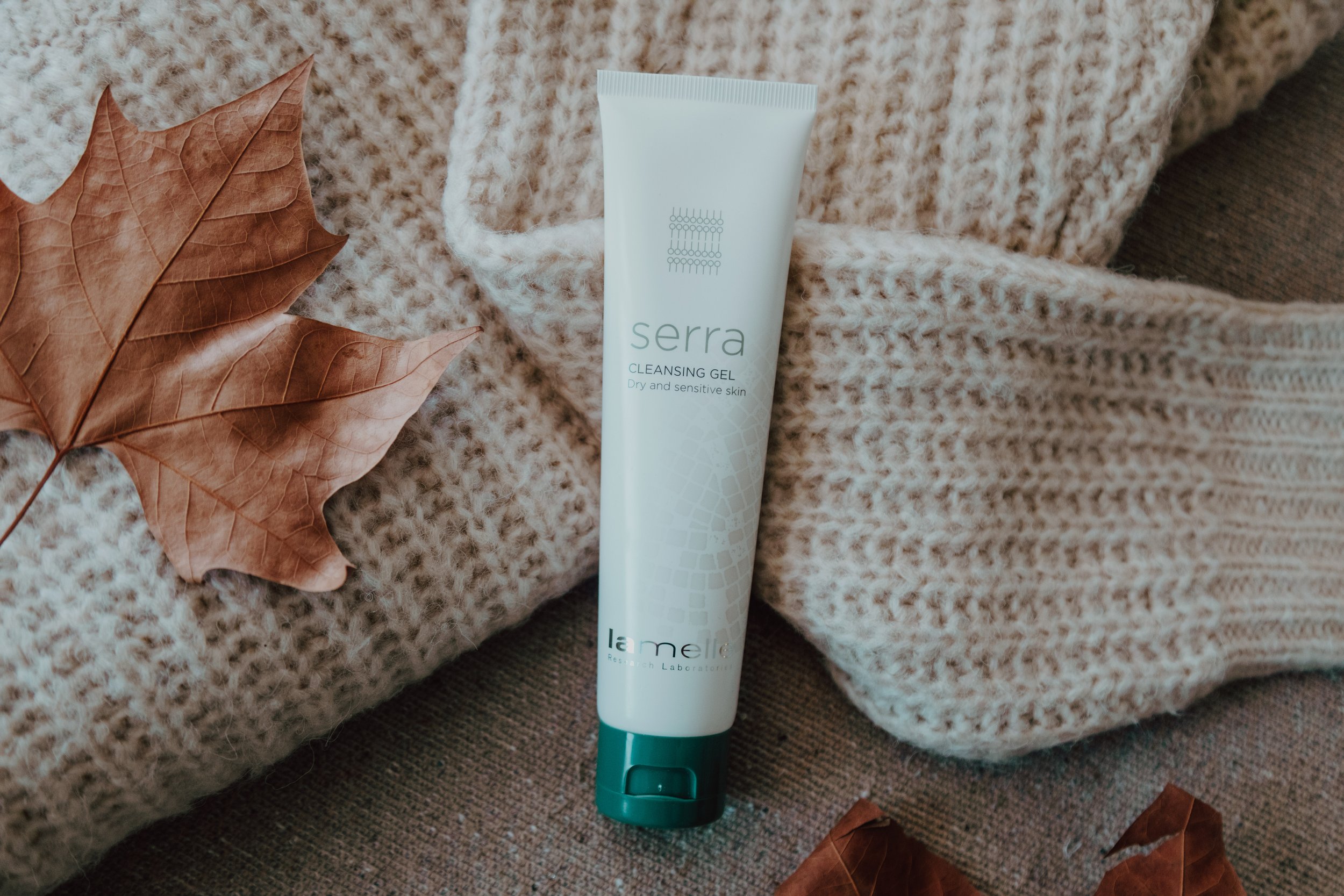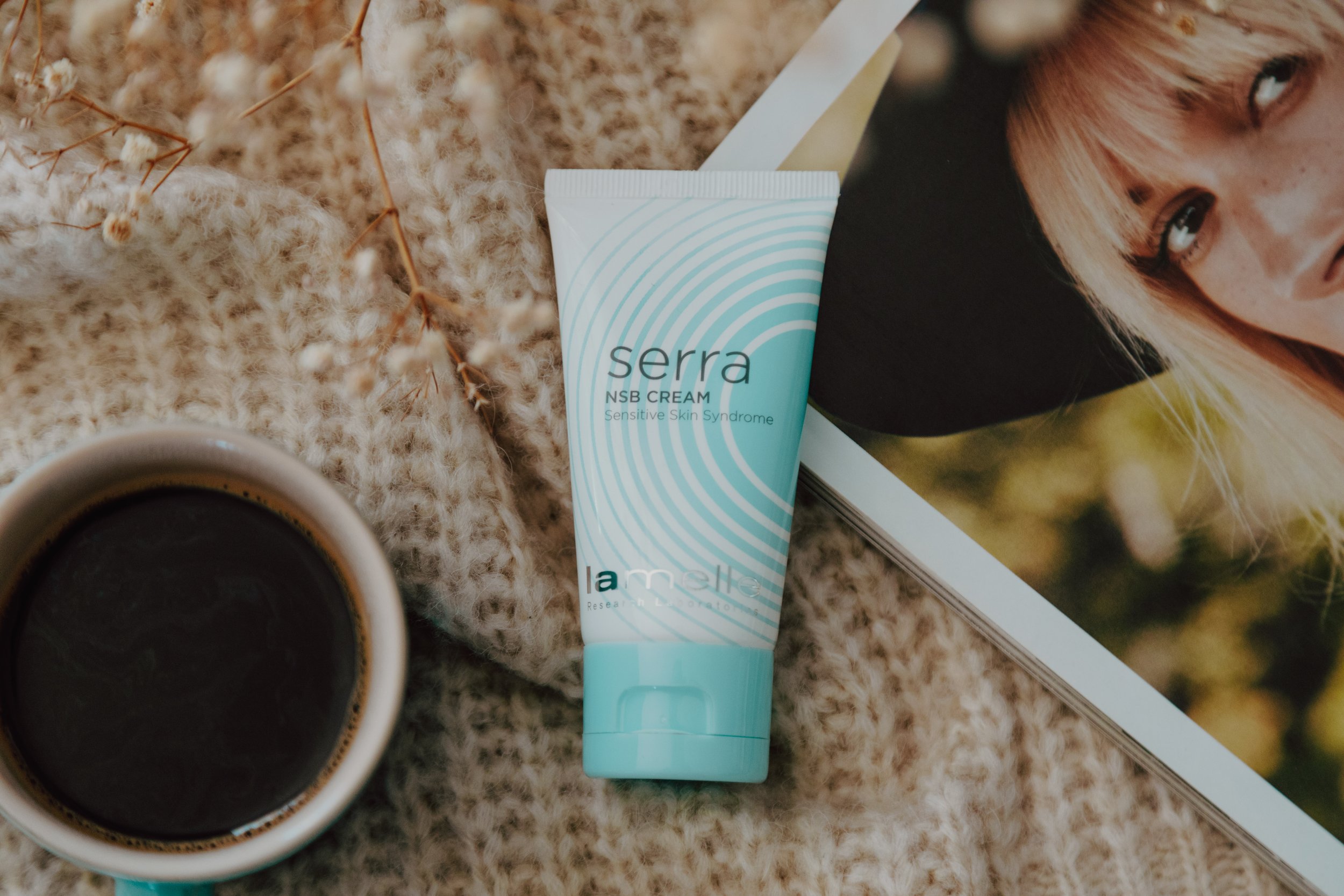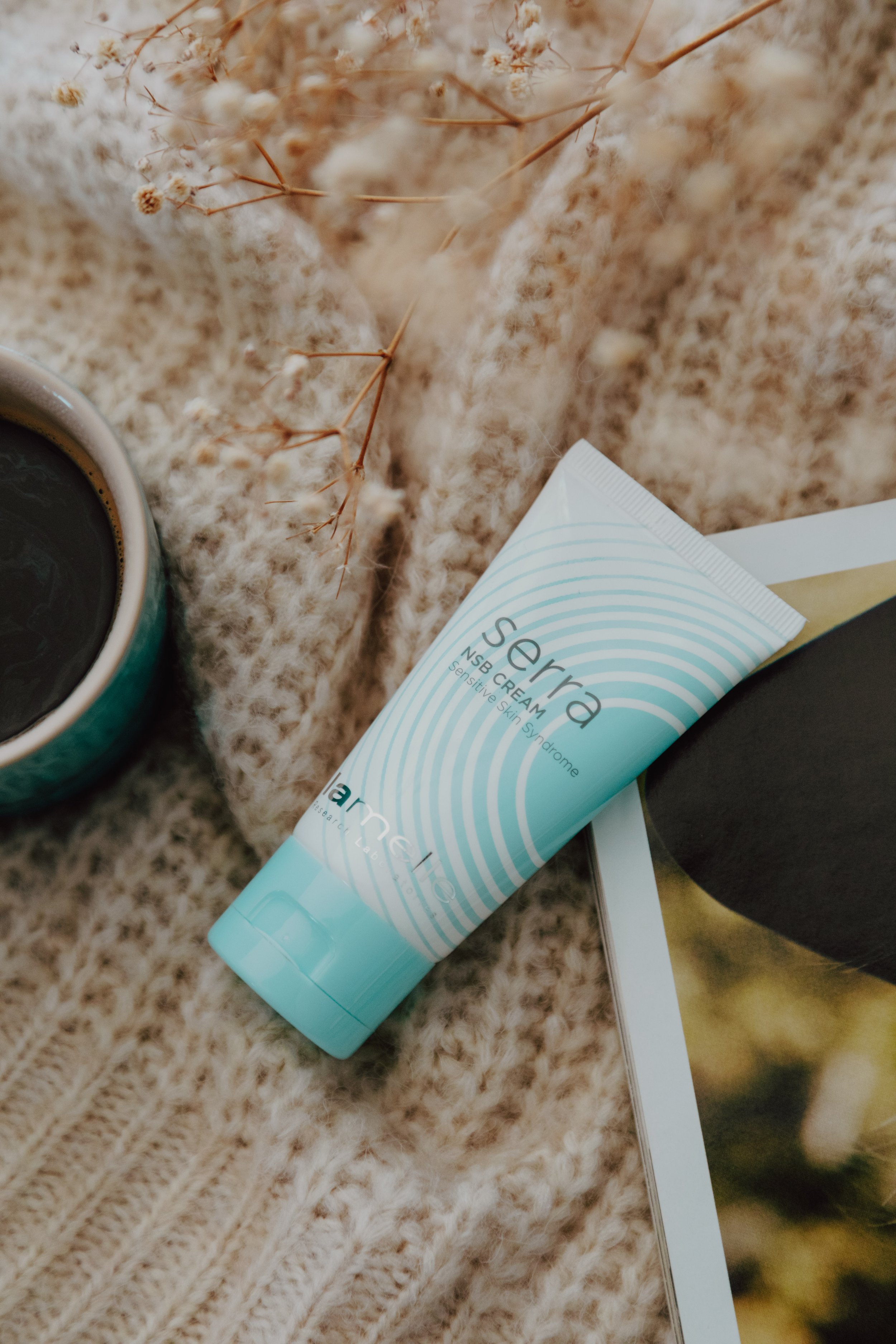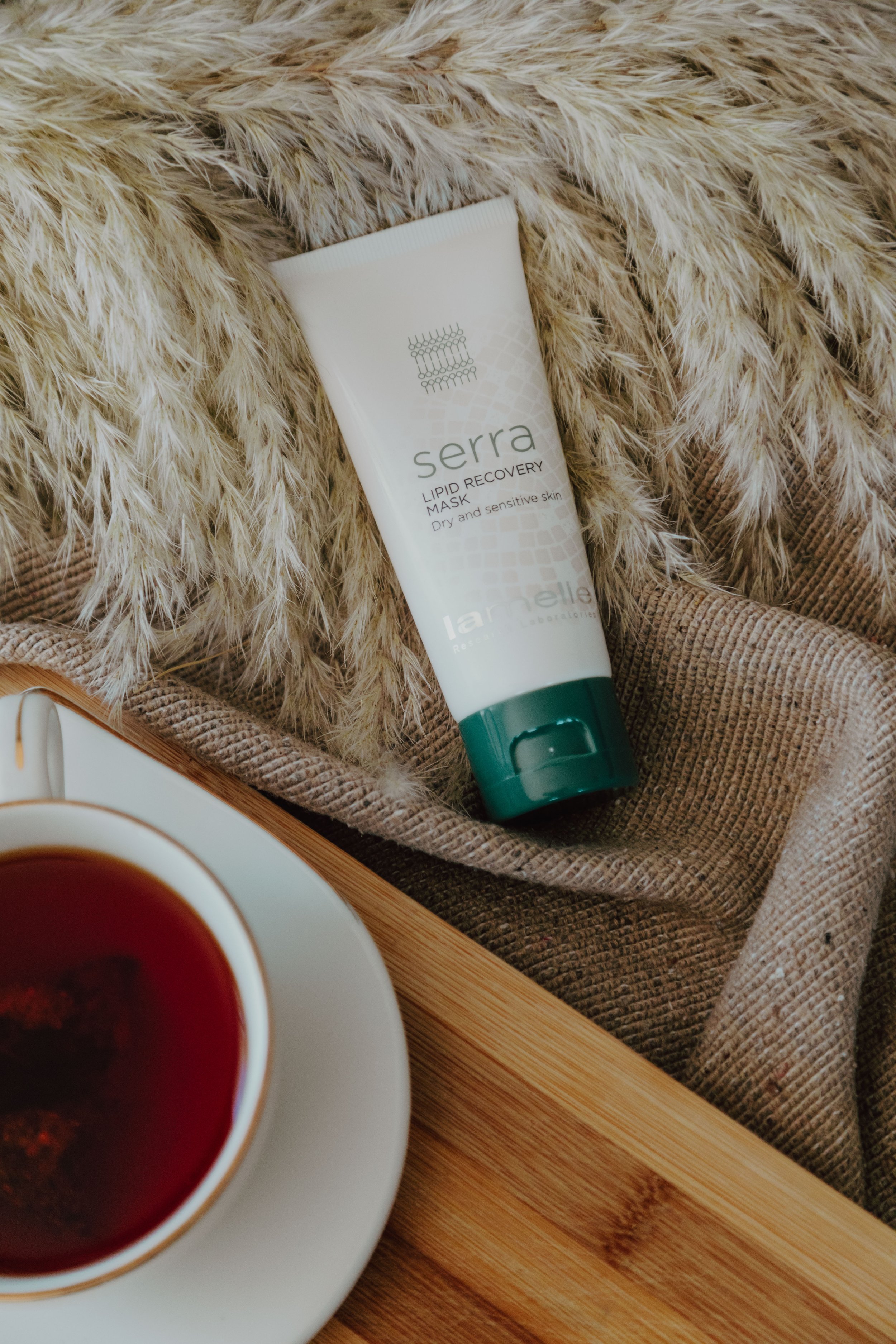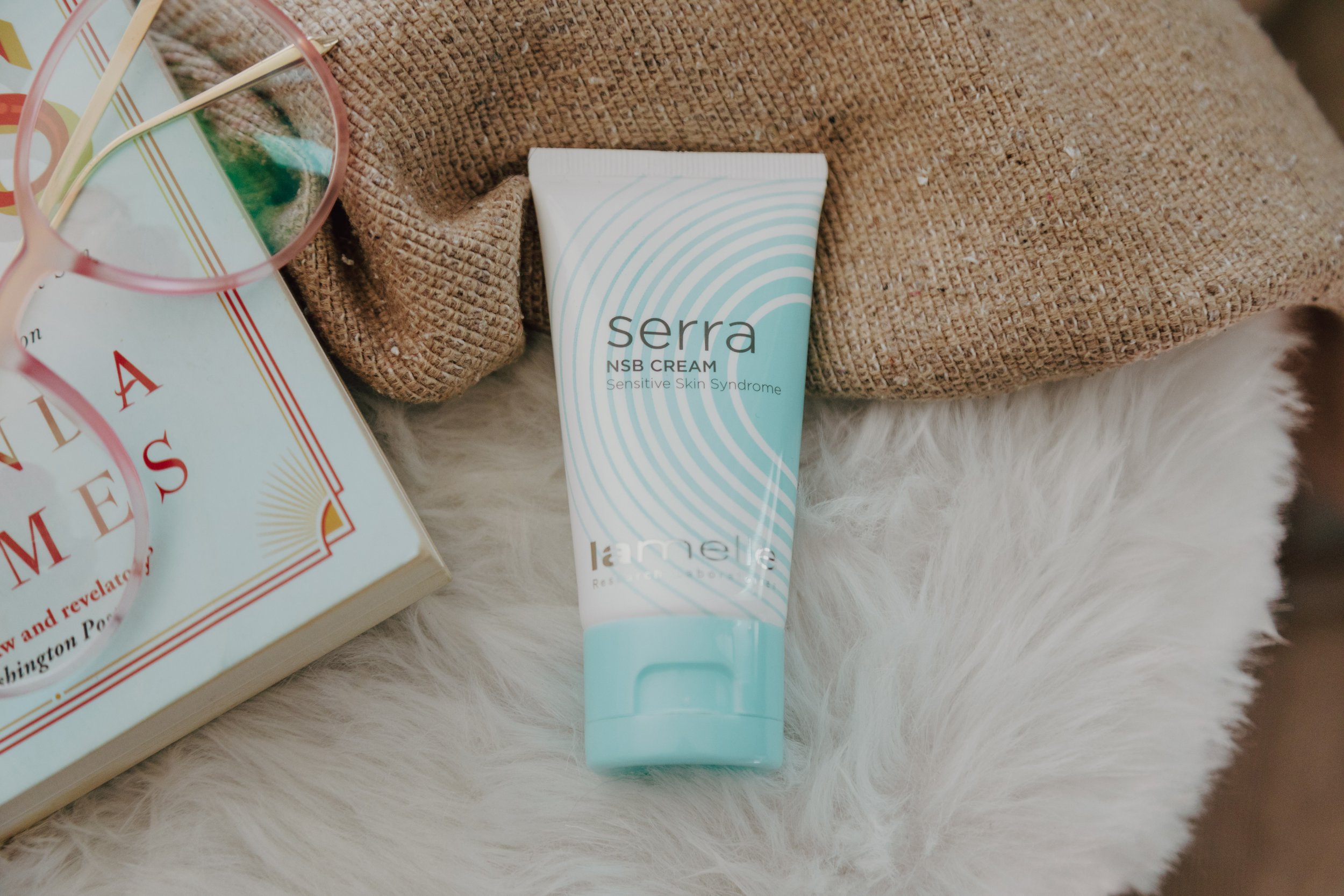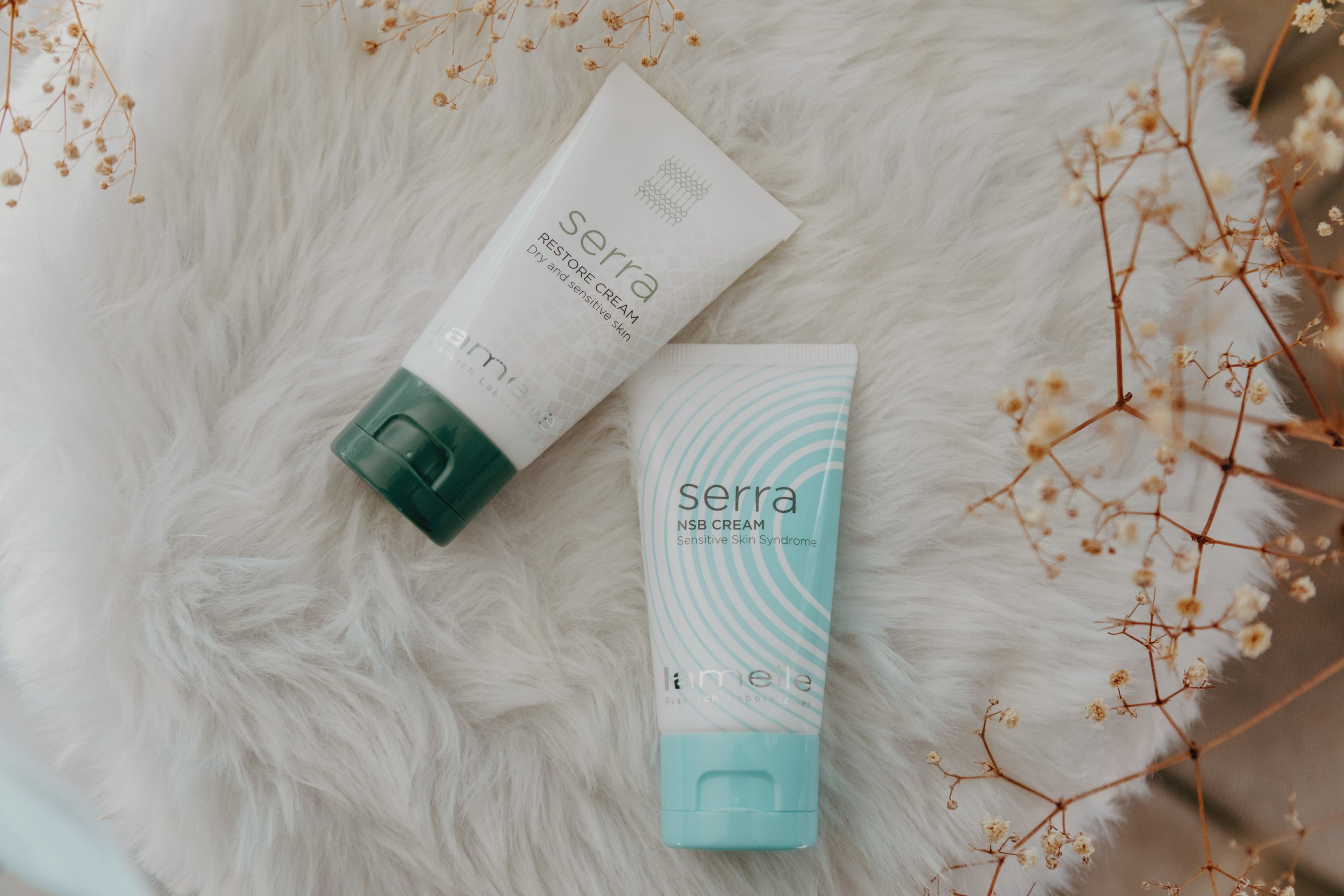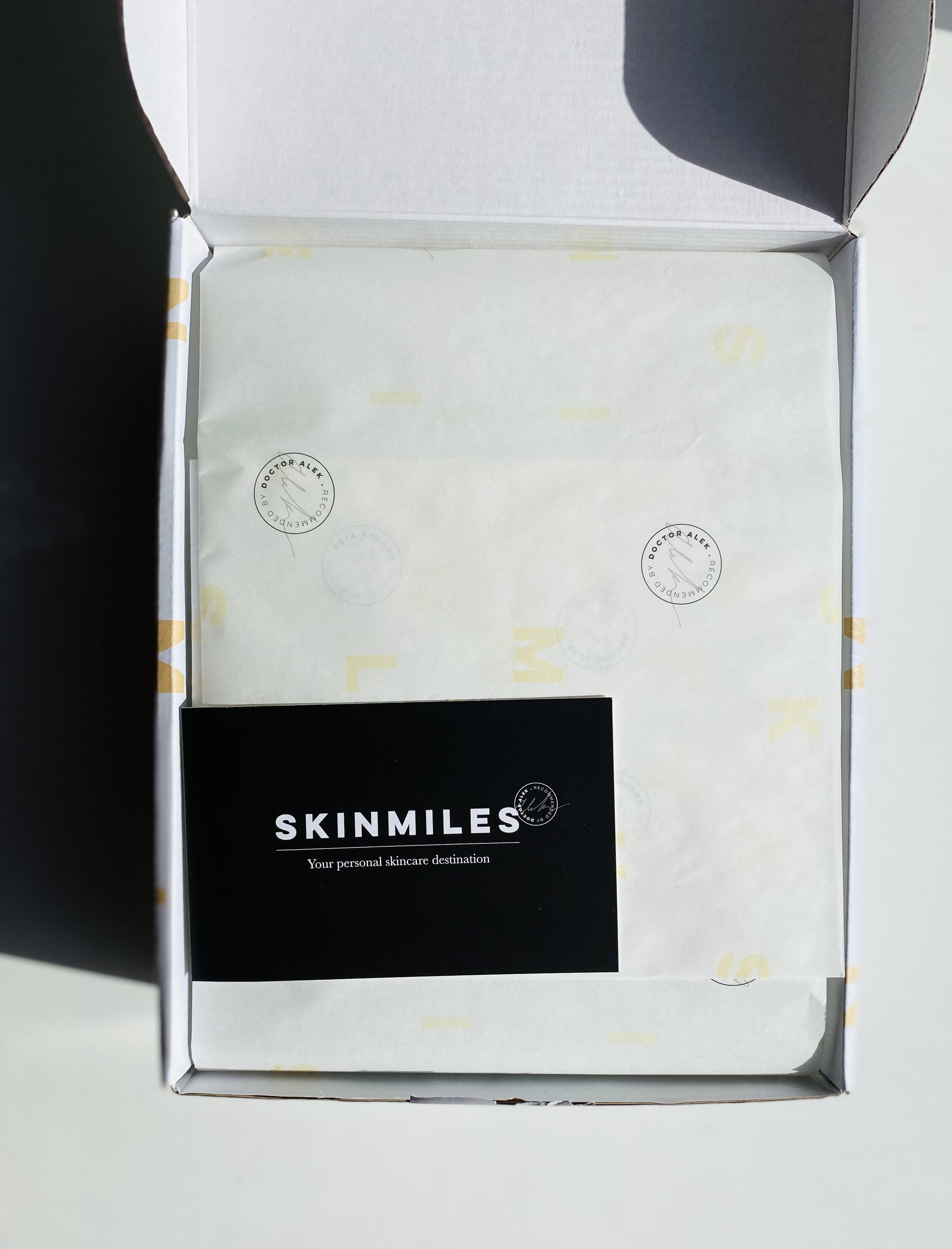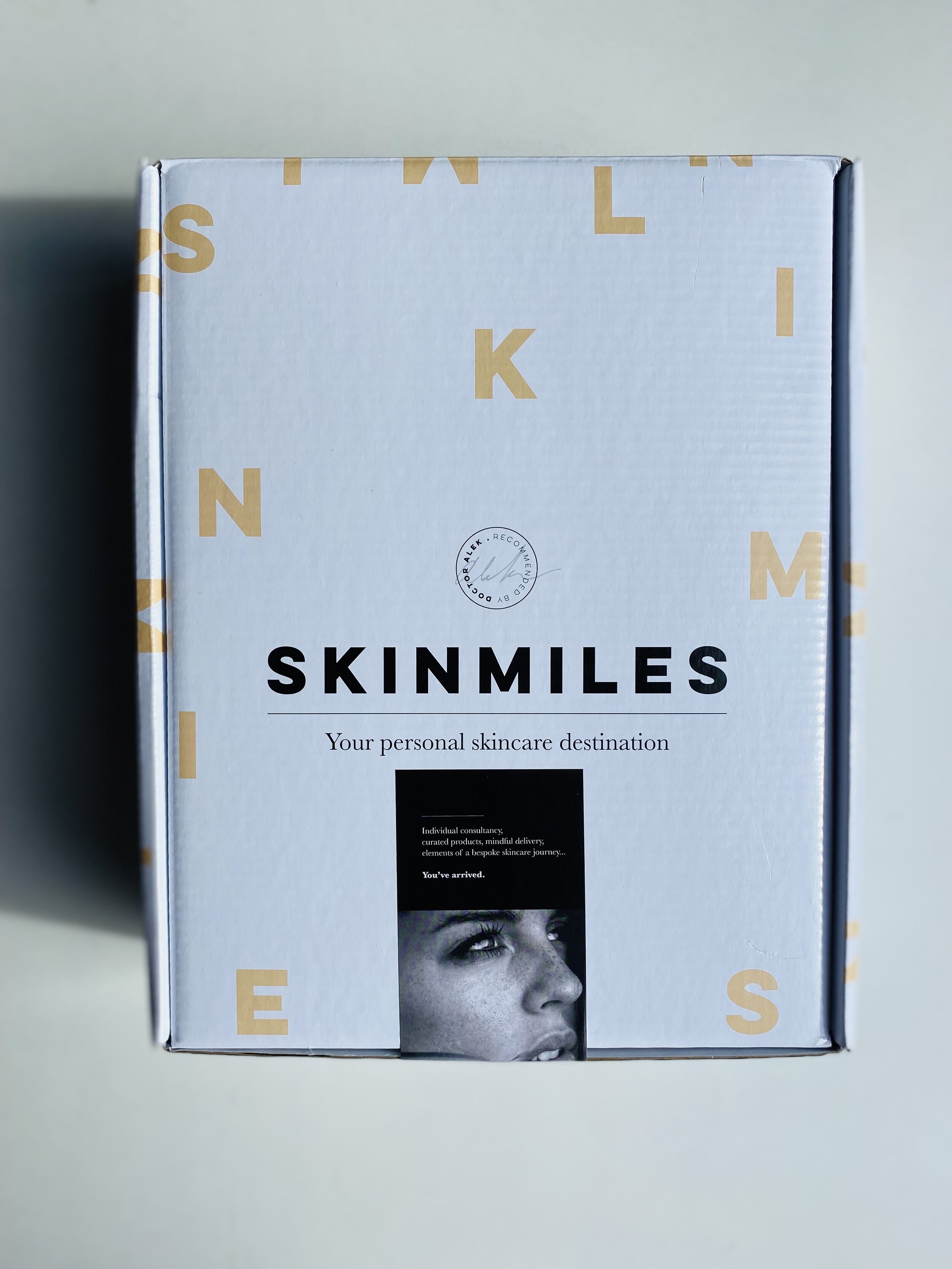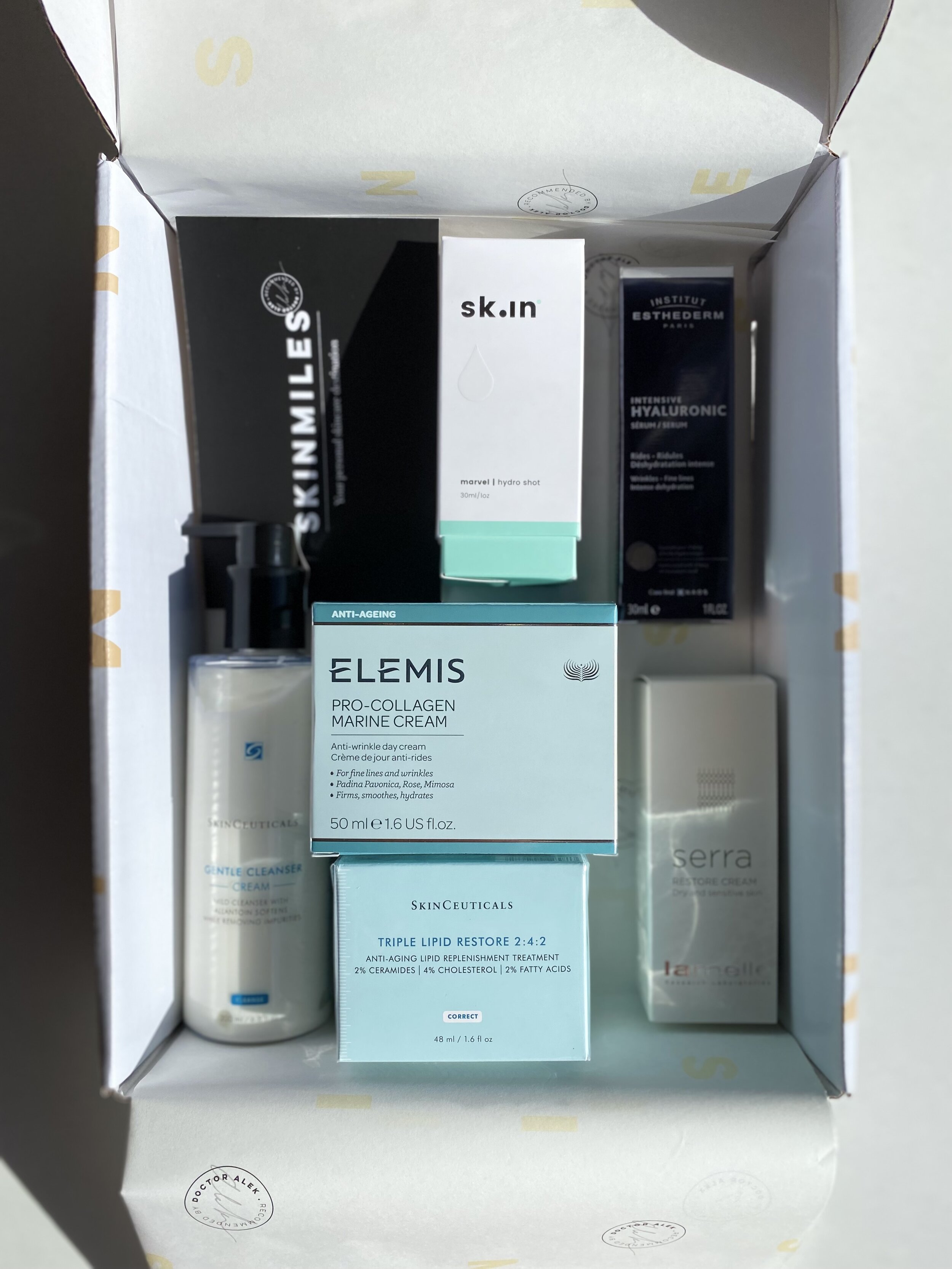Between June and August 2022, my skin went through a very confusing time. I was experiencing more breakouts than usual, severe redness, sometimes hives! It was alarming. I quickly realised that it wasn’t my rosacea acting up. My skin barrier was damaged in need of repair. I hauled out my trusted Serra range from Lamelle and through consistent application, my skin finally went back to its usual self.
I chatted to Karen Bester, Medical Trainer at Lamelle about all things relating to our skin barrier; how to diagnose a damaged barrier, what triggers it, what products to use and so on.
*Please note that this isn’t a sponsored post. It’s a heartfelt article where I want to share personalized information relating to this topic. I hope it helps one, if not more of my readers going through the same thing with their skin.
KC: Please can you explain to us what a skin barrier is?
KB: The skin barrier is a combination of the top dead layer of the skin cells – called corneocytes (stratum coneum) with the ‘cement’ in between these cells (that is called lipid bi-layer). The lipid bi-layer is made up of very specific oils and layers of water.
The lipid component is made up of ceramides, free fatty acids and cholesterol.
KC: How do we know if our skin barrier needs repair?
KB: When your barrier is impaired it can be for two reasons –mostly because the lipid bi-layer has become damaged or is not being produced properly OR because you have lost an excessive amount of corneocytes.
A damaged barrier feels like:
- Skin feels tight and dry.
- Products applied to the skin irritate, tingle and burn and can cause the skin to become quite flushed and red.
- Sometimes the skin will look dull and dry and scaly.
- Your can have breakouts and pimples.
- Your skin can be inflamed and red.
- Your skin feels rough to touch.
- Allergic reactions can occur out of the blue and without warning. (In some cases this will be with products you have been using for years).
- Puffiness, swelling and hives are the worst case scenarios
KC: Can barrier damage be mistaken for rosacea?
KB: It can be – though with rosacea, the skin generally flushes with internal triggers like emotion, feeling humiliated, with exposure to heat and having a glass of wine. Rosacea is also generally limited to the nose cheeks and chin where barrier impairment can happen all over you face and body.
KC: How long does it take to repair a damaged skin barrier?
KB: This would very much depend on what caused the barrier to become impaired, how long the barrier has been impaired for and how meticulous the person is with their new routine. Some people do feel immediate improvement in comfort when they are using the correct products though. I would say you should try to use barrier correcting products for at least 6 weeks if you have had a full reaction to anything skin related.
KC: What causes damage to your skin barrier?
KB: You can have a genetic pre-dispostion to have an impaired barrier. Psoriasis and ezema would be two conditions that we see running in families that are both associated with barrier impairment.
Then, you can acquire it through the following:
Environment – Dryer times of the year and dryer environments.
Hormones – We do find that in women, peri-menopause and menopause will cause barrier impairment and sensitive skin syndrome (another part to this whole barrier challenge).
Products – You can strip the oils out of your skin by using the incorrect cleansers etc. We had a conversation just today about a green bar of soap that is used to ‘remove the oils’ and it does so VERY effectively. The challenge is that it does not work only on sebum. The soaps are lipophilic and penetrate into the barrier and break it down. Then you also have the added use of alcohol containing products.
Inflammation – Inflammation impairs the production of lipid bi-layer. When the lipid bi-layer is impaired, skin can become inflamed due to the impairment and in preparation for the penetration of foreign substances. If anything foreign does penetrate into the skin this causes even more of an inflammatory reaction. That then impairs the production of lipid bi-layer. You can try to solve the problem by blocking the inflammatory response with cortisones. This just solves one half of the challenge. It takes a long time for the skin to rebuild itself to its former structure if the lipid bi-layer is not replaced. Also think inflammation and acne.
Maturity – Age – Older skins have impaired barrier because of slowing down of skin cell activity and forming of new skin cells.
Allergies – If you apply an ingredient that you are sensitive to this triggers the immunity of the skin to product and inflammatory response that then will impair lipid-bi-layer production and impair the barrier.
Mechanical damage – This is where you physically lose the corneocytes. This can happen when clothing and jewelry rub against your skin. You could use a scrub that removes too much healthy skin or you could go for an in-office procedure and decide not to follow your skincare therapist’s instructions for after care.
Stress – It’s a big contributor to sensitivity, dryness and barrier impairment.
Medication – That decongest and that you take to manage your sinuses. Also, extremely strong anti-biotics will affect the barrier of your skin. Apart from the fact that major illnesses will stress your body and double the effect on your skin.
Very hot bath or showers – Hot water can literally ‘melt’ the lipid bi-layer and wash it away.
KC: Do skin barrier issues only occur with those who have sensitive skin? Or can it happen to others (ie. Dry, oily, combination, mature, breakout-prone)?
KB: Some people are a higher risk than others but it’s something that could happen to anybody.
KC: What is the difference between a barrier repair cream and a moisturiser?
KB: This is a challenge and will differ from manufacturer to manufacturer. I prefer to talk about conventional moisturisers and lipid-bilayer replacement products. The reason why is that some companies talk about barrier repair creams (us included) as the cream that you use after you have had a professional treatment on your skin. These barrier repair creams are used to replace the damaged skin for the time that it takes to correct itself after the treatment.
Conventional moisturisers tend to contain vegetable oils that might or might not be compatible with skin lipids. They are designed to lie on top of the skin and don’t really penetrate much. They will trap water and they will keep foreign substances out of the skin if they are in place. Once you wash your face,your skin will feel tight and dry as the oils are removed and the skin is left to fend for itself.
Ingredients that replace the barrier will be specialist ingredients that can penetrate into the skin and replace the actual layered structure of the lipid-bilayer. This layer cannot be washed away – unless you use very hot water.
The key to lipid-bilayer replacement is that they ingredients need to be nearly intelligent. They lipid in the products, generally ceramides, need to organise themselves into a structure that is exactly the same as that found in skin. This is not true for all products that claim lipid bi-layer replacement.
KC: How often should one apply their barrier cream? And before or after moisturiser/sunscreen?
KB: Your lipid bi-layer replacement might become part of your life for ever or just for a small moment in time. Initially in a reactive skin I would suggest that you use the lipid- bilayer replacement product twice daily, after cleansing with a mild cleanser and then apply your sunscreen during the day. Start off with these products only. After two weeks I would re-assess your skin to see if it can manage going back to serums. These will then be introduced one at a time and generally one every week. The reason why I prefer to do this is that a serum generally contain high concentrations of active ingredients. If you are sensitive to one of them, your skin will show us quickly. If we were to apply a whole lot of products and ingredients at once we would not know what is causing the sensitivity. If all goes well we will then we will start to replace the lipid bi-layer replacement cream.
We will once again to it with one cream at a time. So starting withthe night cream, add it back in every second night for the first week. If your skin is okay, then we will add it in every night. Duringthe next week we will add in your day cream every second night and then every night the next week.
The process does take time but I find that too often we are too eager and just re-add a whole lot of ingredients back that then causes an allergic response – which might just be because the skin is overwhelmed and not really allergic to anything. Once your skin is its healthy self again it is a case of keeping it healthy. I find that when my cleansers start tingling a little too much or if my skin starts feeling tighter, I add some of the lipid-bilayer replacement products back into my routine for a few nights – generally I replace my night cream. You will also start noticing the triggers; change of season, stressful times or times where you’ve been testing too many products in a short period of time – this will all have a negative effect on your skin. You will then keep the right products at hand and be more careful with how you manage your skin.
KC: When will you start noticing results of your skin barrier repairing itself?
KB: Probably after a week or ten days of using the correct product you will see that your skin is more robust. This does not apply to people who have been using cortisone creams for a long period of time though. Their adjustment period can be extended.
KC: What main climate contributes the most damage to our skin barrier?
KB: Any extremes of temperature with a lowering of the humidity will cause barrier impairment. I always thought it was just the Gautengers and the Namibians that struggled until I landed in New York in the middle of an ice storm and my skin dried out in 3 seconds.
KC: What barrier creams can you recommend?
KB: The Serra range is my go-to. I will suggest a product depending on what you are experiencing on your skin.
LET’S CHAT!
Visit www.lamelle.co.za for more information.
Shop the entire Lamelle Serra range on SkinMiles here.
*Any questions? Email me: kelli@kelliclifton.co.za


